Pokemon: Let’s Go, Pikachu! and Eevee! met with mixed reactions when they were first announced, with some fans claiming they were nothing more than a cheap way to pull in Pokemon GO players until the next generation comes out.
It’s true Pokemon: Let’s Go appeals a lot to the more casual Pokemon gamer, but it does an excellent job balancing it with traditional gameplay, making it a great entry in the franchise and a must-have for Switch owners.
The Story
Nintendo and The Pokemon Company didn’t do a stellar job clarifying the games’ setting after it was announced, but here it is in a nutshell:
The Let’s Go games are essentially a reimagining of Pokemon Yellow. You journey through Kanto with your partner Pokemon that’s chosen for you — Pikachu or Eevee — on your quest to become a Pokemon Champion, tackling eight gyms and taking down the organized crime group Team Rocket on the way.
You’ll run into characters like Blue and Red (and even Green!), but the games take place in an alternate timeline. For example, the Pokedex is Oak’s brand-new creation, something Blue didn’t have on his journey, and now Blue and Red are just wandering trainers, both having been Champion for a time already. So the TL;DR here is it’s not a direct sequel.
The Pikachu and Eevee versions are pretty much the same, with your starter Pokemon being the only significant difference. As always, there are some version exclusives — Oddish for Pikachu, Bellsprout for Eevee, for instance — but between in-game trades and connectivity with Pokemon GO, you’ll probably end up with the other version’s exclusives at some point any way.
Like Pokemon Yellow, your partner Pokemon can’t evolve. But your starter Pikachu and Eevee receive huge stat boosts, plus Eevee can learn a water, fire, and electric type move from a tutor in Cerulean City, so you aren’t at any real disadvantage.
Gotta Catch ‘Em All
One of the biggest changes in the games is, of course, how players catch Pokemon. Like Pokemon GO, you don’t actually engage in fights with wild ‘mon, and for the first time in the series, you can see Pokemon moving around in grassy areas and on the water’s surface.
If you decide to initiate an encounter, all you need to do from there is choose your ball, decide whether to chuck a berry or not, line up the circles, and hurl the ball. It’s pretty simple on the surface, but as you progress, the Pokemon aren’t nearly so easy to catch, especially the rare ones (but you can check out our catch combo guide to make things easier for you).
There was some confusion for a while about how catching controls worked and whether you could play the game in handheld mode. You certainly can, and the mechanics are smooth and finely tuned. The internal gyroscope is balanced perfectly when you’re trying to line up your circle, rather like the motion controls in Breath of the Wild, and once you’re ready to throw, just press A.
However, docked mode’s mechanics do add a touch more immersion to the process, somewhat reminiscent of the Wii days. You’ll make a throwing motion with the Joy-Con to throw your ball, aiming towards whatever part of the screen the Pokemon happens to be on at the time (which means that Joy-Con strap is highly recommended, especially for younger players).
I never had any issues aligning the control with where I wanted the ball to go either, though I also wasn’t standing too far away from the system either. I didn’t pick up the Poke Ball plus, so I can’t comment on how that works in this review.
Despite criticism the catching mechanic is just a gimmick, I actually found it fairly engaging, and it’s something I’d like to see implemented alongside traditional wild Pokemon battles in the future.
Monster Raising
That might seem like a lot of space devoted to just one aspect of the game. But, catching Pokemon is something you’ll be doing a lot of during your time with Let’s Go, likely more than you ever did before with previous Pokemon games.
There are still trainer battles, of course—more than any of Kanto’s revisits, as a matter of fact—but catching Pokemon is the best way to raise your team. You get various bonuses depending on your style and whether the Pokemon is huge or tiny, and the experience is doled out evenly among your party Pokemon, unlike in trainer battles.
It’s a great way to make sure you’re ready to tackle the gym challenges, but it also means it’s easier to raise weaker Pokemon up to your team’s levels and to fill out the Pokedex, since you don’t have to spend hours grinding to level up for evolution.
Plus, catching multiple Pokemon of the same type has its own bonuses. Candy makes its appearance in the Let’s Go games, with Oak giving it out when you send him some Pokemon, but you won’t use it for evolution. Instead, you power up your Pokemons’ various stats with it. Oak also tells you that if you send a lot of one specific Pokemon, he’ll give you candy suited for increasing that ‘mon’s special strengths.
For example, donating 5 Vulpix netted me a bunch of quick candies. But, I can also send off Geodude or some other high defense Pokemon to make up for Vulpix’s abysmal defense stat. It’s a versatile system that lets you either break the game completely or raise and use your favorite Pokemon regardless of its innate stats, something noticeably lacking in earlier games.
A Tailored Challenge
Depending on how you approach the games, you’ll want to buff up some of your monsters as well. The duo’s billed as great for kids and newcomers, and it’s not too difficult to see why. You’ll trash Brock in no time, your starter is obviously overpowered, and you’ll actually be close to Misty’s level when you challenge the second gym.
Moreover, despite Pokemon-amie/Refresh being limited to your partner Pokemon only, your other party members develop the same additional abilities as their happiness rank increases, so you’ll see plenty of shrugged of status affects and 1HP miracles as you go along.
But Cerulean is where the game starts to throw in some additional challenge. You can pick up Bulbasaur next door to the gym and Bellsprout or Oddish north of the city, but the trainers use Water/Ice types, and Misty has a Confusion-wielding Psyduck this time instead of Staryu. Normal trainers can pose a minor challenge if you don’t completely optimize your team, and there are tougher Coach Trainers scattered around Kanto that require more strategy as well.
After becoming Champion, you then have access to Master Trainers, 151 trainers scattered around the region who each specialize in a superpowered version of a specific Pokemon — Bulbasaur or Chansey, for example — or who want to see an IV modified Legendary Pokemon like Articuno. There’s the chance to challenge the Elite Four and Gym Leaders again as well, along with extra battles with Green and a one-time-only fight against Red, the two most powerful trainers in the game.
It’s not the most challenging Pokemon game ever, but it also isn’t a complete cakewalk. The difficulty is basically customizable, and it’s got something for everyone. Hardcore players will appreciate Mr. Hyper at the Daycare, Let’s Go’s IV trainer, and the ability to influence Pokemon natures via a woman in Celadon City. It isn’t easy to pull of this kind of balance, but Pokemon: Let’s Go does it, and does it well.
Pokemon Let’s GO Quality of Life Improvements
Needless to say, there’s a lot going on in the games. Without wild Pokemon battles, it does seem like your journey moves faster than before, but the time spent in Kanto is enjoyable nonetheless. The region’s never looked better, with bright colors and smooth textures, and the orchestral soundtrack is something that definitely needs to make a return in upcoming Pokemon games.
Character customization makes a return as well. Options aren’t quite as varied as in Gen VII, but you get a number of outfits to mix and match over the course of the game, including things for your partner, and there’s nothing quite so adorable as dressing up an Eevee.
There are a number of other improvements making Let’s Go the definitive Kanto experience. As you’d expect, the world is brimming with life and expression. It’s true the Pokemon wandering the world have limited animations, but it’s nice to finally see something wandering around in the grass, instead of the somehow-invisible-until-they-attack monsters we’re all used to.
Plus, letting players see Pokemon is almost a necessity in a game emphasizing catching, and catching the same kind several times. Similarly, you no longer require a PC to store and move your Pokemon around, since you have a portable Box in your bag. It makes poor Bill a bit redundant, but it’s a huge quality of life improvement regardless.
Beyond that, your partner Pokemon exhibit various adorable reactions throughout the game. There are some scripted moments where your starter interacts with something specific—the bow of the S.S. Anne, for example—but whatever Pokemon you have out of its ball at the time will interact with the environment as you wander along as well. Whether they’re finding you a hidden item or just admiring their surroundings, it feels like you’re really on a journey with your Pokemon.
It’s impossible not to mention the ride feature and Pokemon scaling. The old shadow-based size comparisons between you and your ‘mon gave a hint as to these creatures’ “true” size, but Let’s Go finally renders on-screen Pokemon true to size, from the massive Onix to the oh-so-tiny Oddish. It means each Pokemon ride is completely different too, from sitting perched atop Onix’s head far above everyone to sailing over the fields on Rapidash’s back.
Pokemon GO Connectivity
I’m not a Pokemon Go player, but I’ve heard the connectivity is pretty simple and intuitive. Connect your accounts in the options menu, go to a GO park in Let’s Go, and choose which Pokemon you want to transfer from Pokemon GO, and that’s that.
Apparently they don’t actually arrive in Let’s Go at the same level they are in GO, though, and you don’t get them back either.
Drawbacks
Local Multiplayer
No game is perfect, of course, and Let’s GO is no different. The multiplayer option is an excellent way to play Pokemon with someone new to the series or with less skilled gamers, but it is rather limited. It’s as easy as jiggling your Joy-Con to summon a second player, and battles then play out like double battles (much to your opponent’s disadvantage), but player 2 won’t be able to catch their own Pokemon or customize their avatar.
It’s hard to criticize the multiplayer completely, because this is exactly what the creators intended it to be. But it would be nice to see expanded multiplayer options in the future.
Other Shortcomings
There are a few other minor issues as well. There’s some slowdown from time to time, mainly when the screen is busy. Viridian Forest is a notable example, where even the menu selection slows down. It’s unfortunate because players will encounter this so early in the game, but it isn’t constant, and that’s the worst I’ve noticed in the game.
Pokemon textures are a bit iffy. I’m a fan of the bright colors, but the GO models don’t translate too well to a bigger screen. The Pokemon tend to look a bit plastic-y, almost like the old character tokens from Pokemon Monopoly come to life.
Locking Meltan behind Pokemon GO isn’t my favorite decision either. Sure, everyone and their granny plays it, but keeping a new Pokemon tied to GO connectivity breaks the immersion. Two Master Trainers focus on Meltan and Melmetal, so if you want to fully complete the game, you’ve got to be a GO player, too.
—
Pokemon Let’s GO Pikachu and Eevee won’t satisfy everyone. They aren’t core games in the sense people are used to. But they shouldn’t be totally disregarded as cash grabs either. It’s a relaxing approach to Pokemon, one you can tailor to your own needs and enjoy, whatever your playstyle might be. There’s a lot on offer here, and behind the Pokemon GO add-ins, there are enough recognizable Pokemon mechanics to please newcomers and long-time fans.
Let us know if you plan on picking the game up and what your thoughts are in the comments, and be sure to check out our Pokemon: Let’s GO guides as well:
- Pokemon: Let’s Go, Pikachu and Eevee Catch and Catch Combo Guide
- Pokemon: Let’s Go, Pikachu and Eeevee TM Locations
- Rare Pokemon Spawn Guide for Pokemon: Let’s Go. Pikachu and Eevee
[Note: The developer provided a copy of Pokemon Let’s GO Pikachu and Evee for the purpose of this review.]

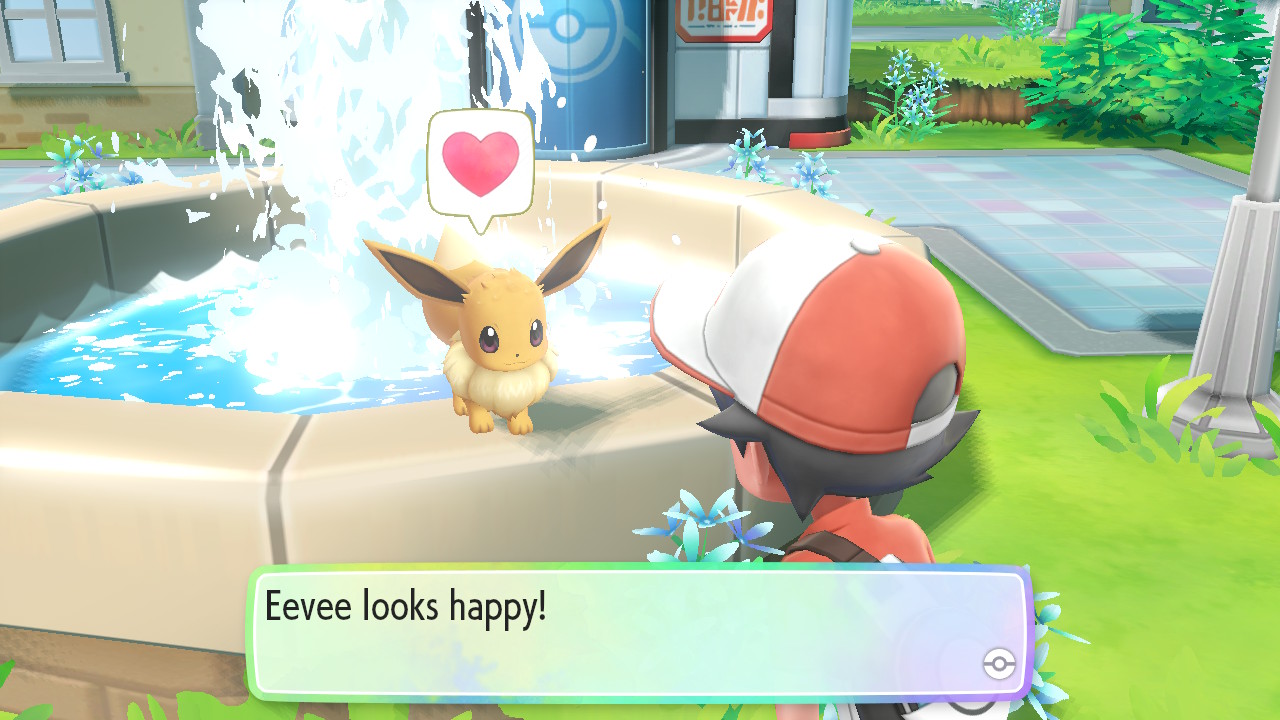
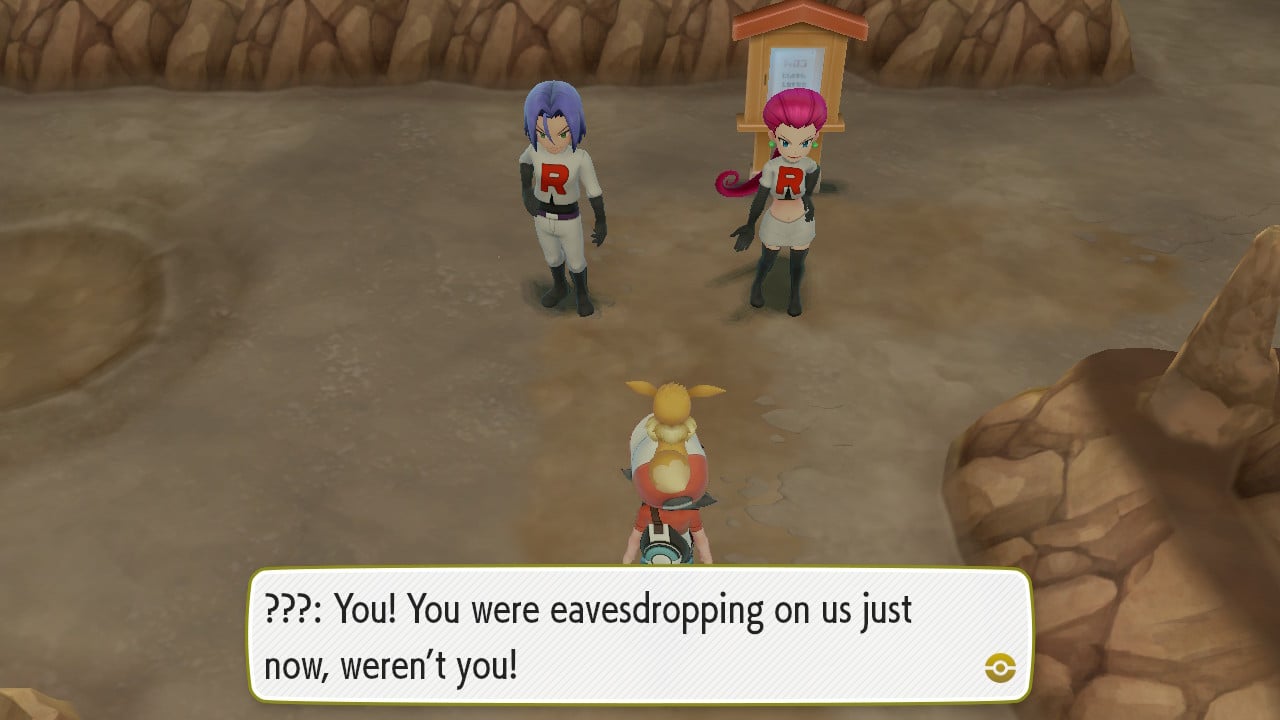
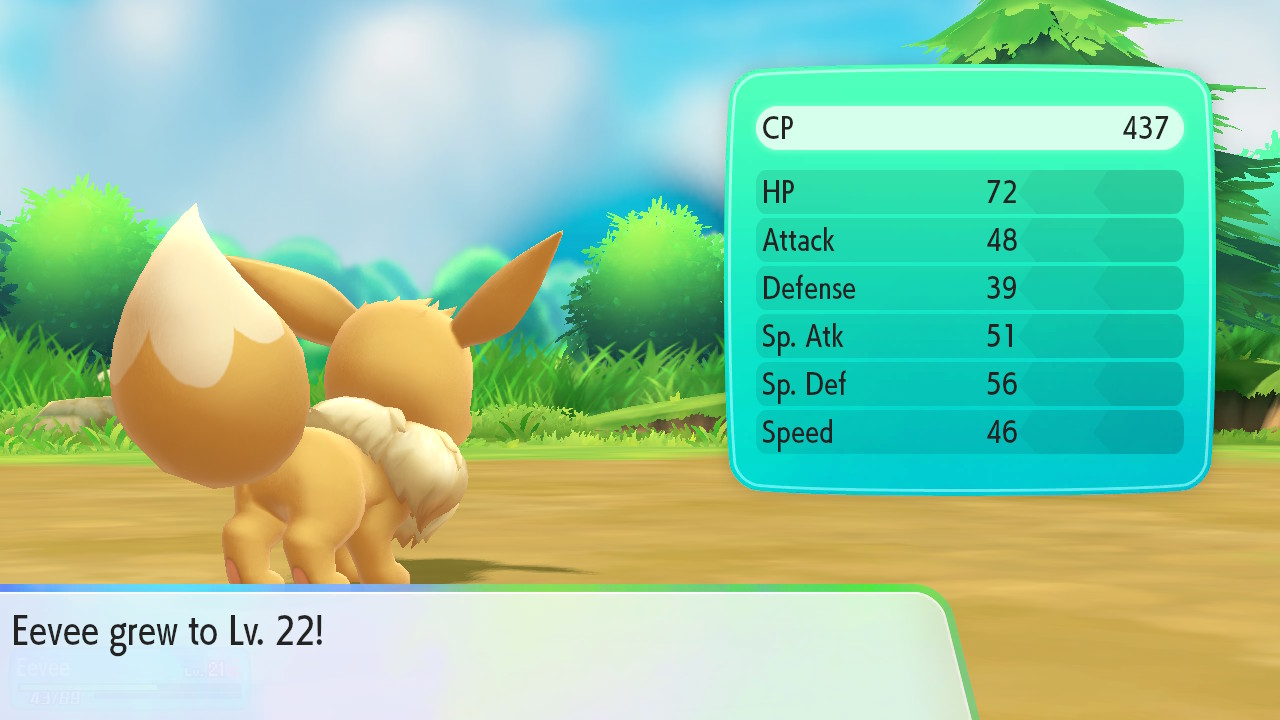
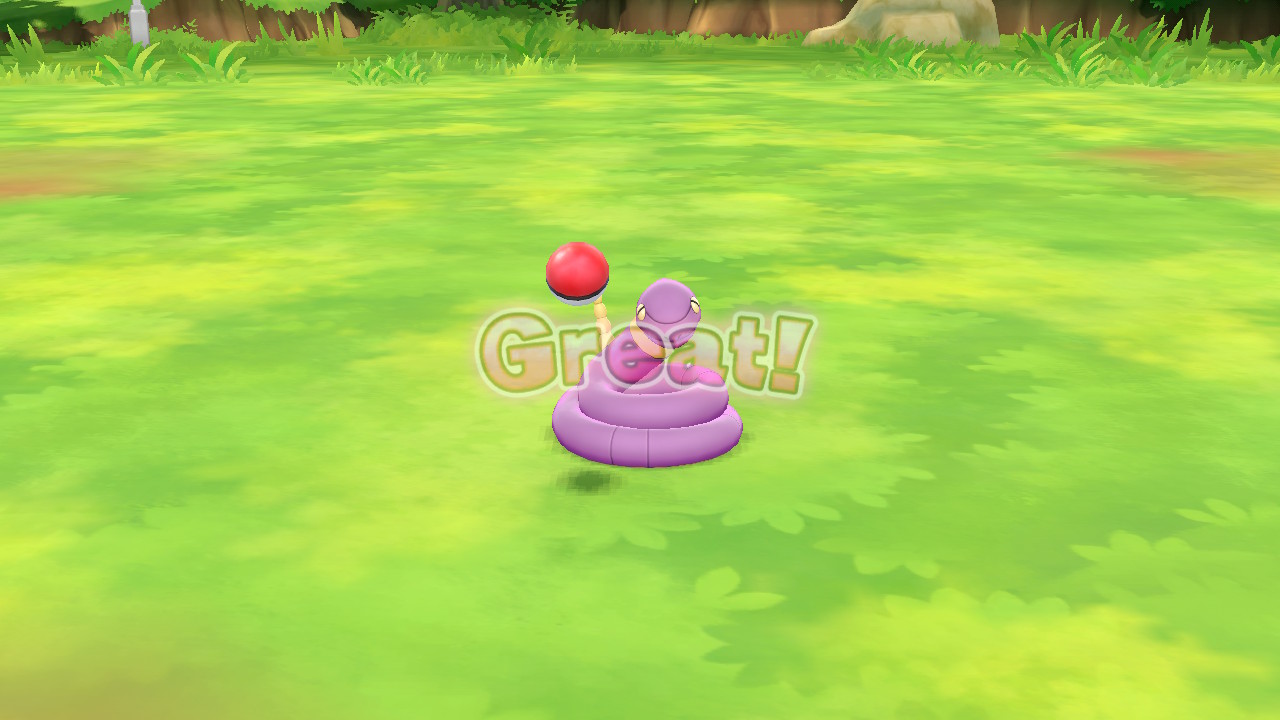
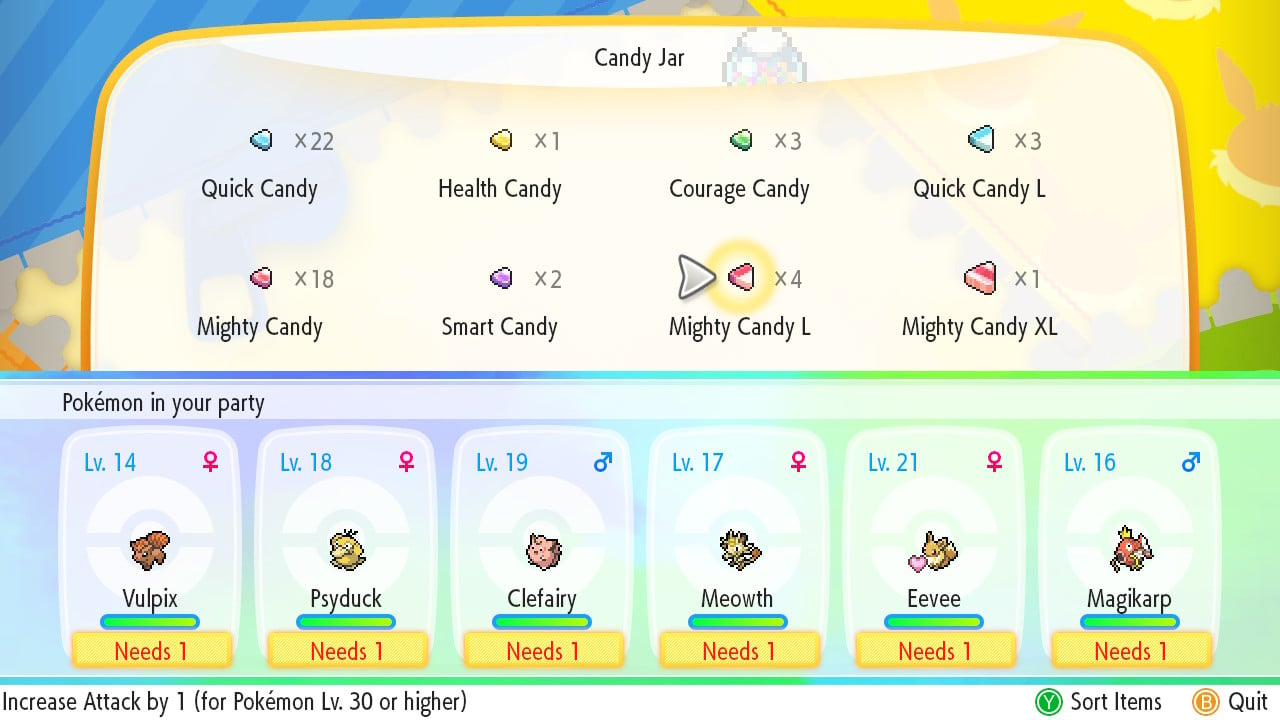
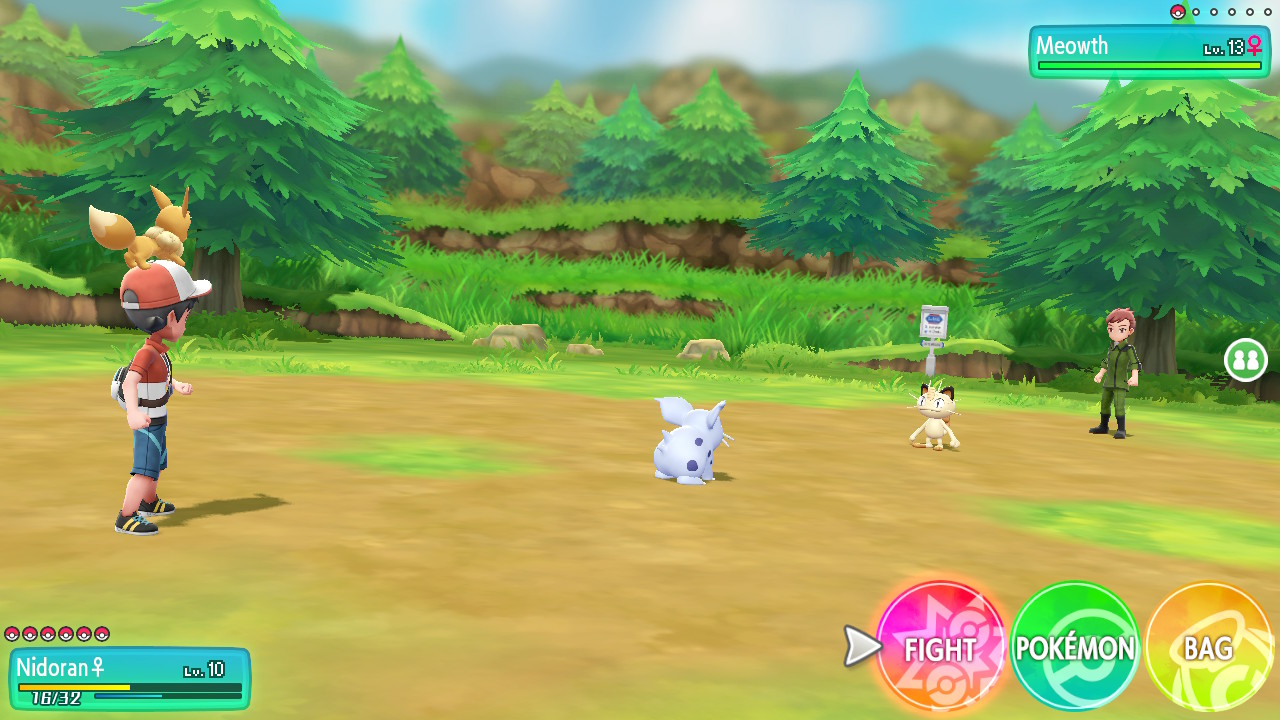
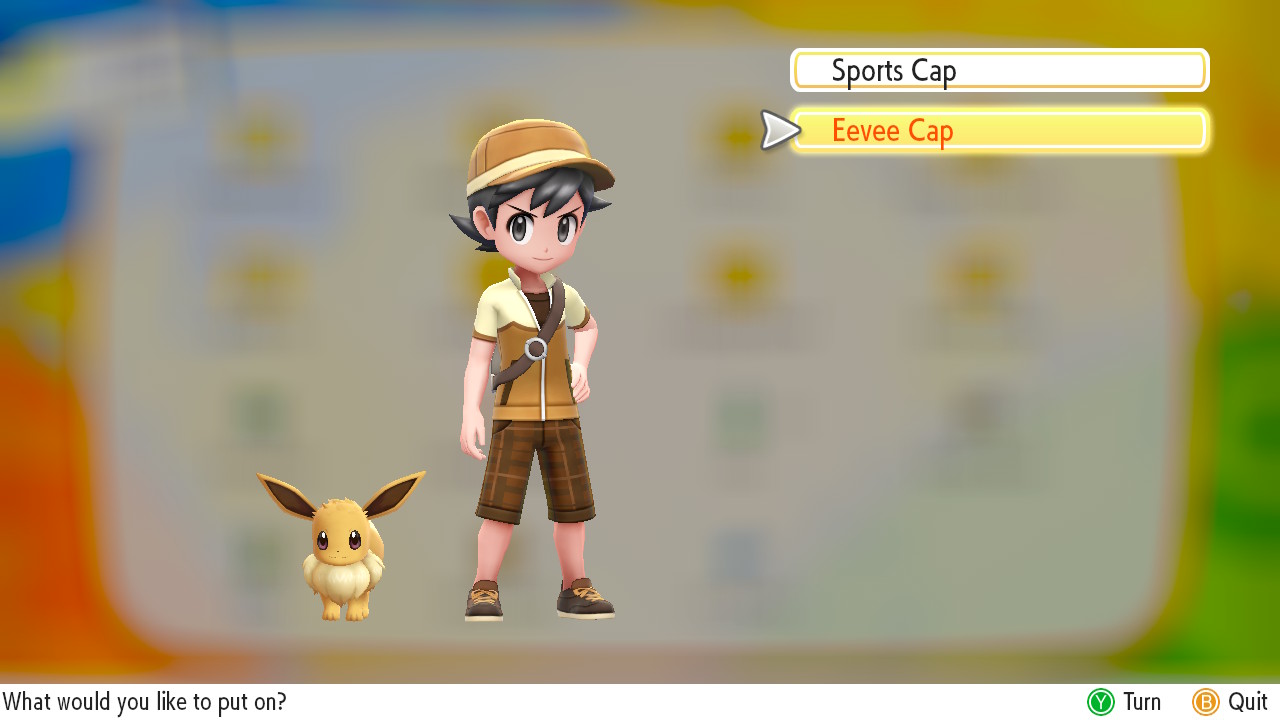
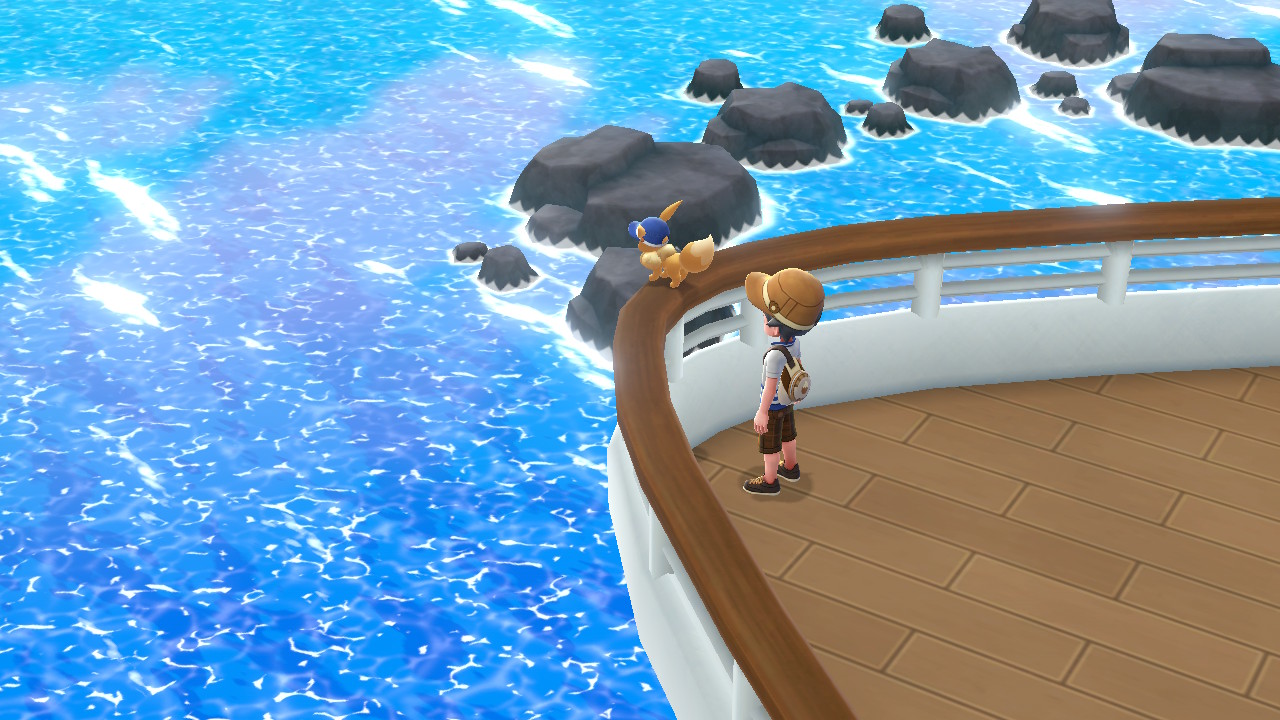
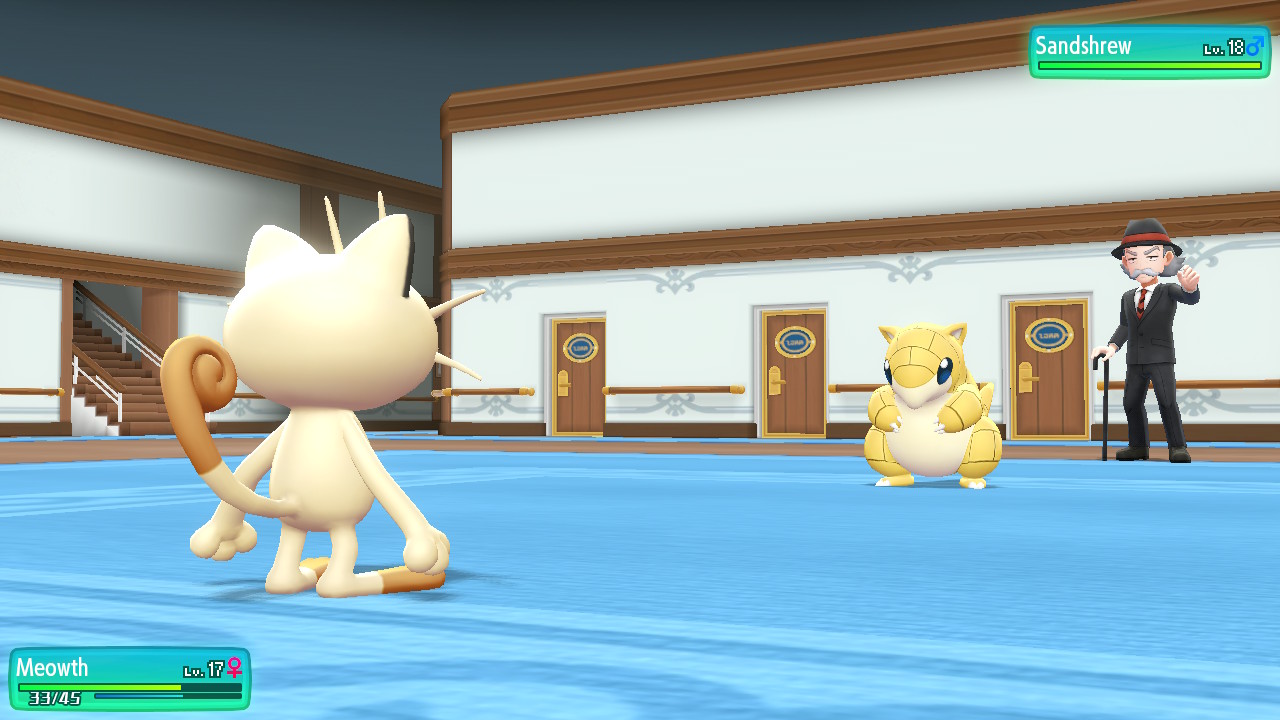








Published: Nov 19, 2018 12:01 pm